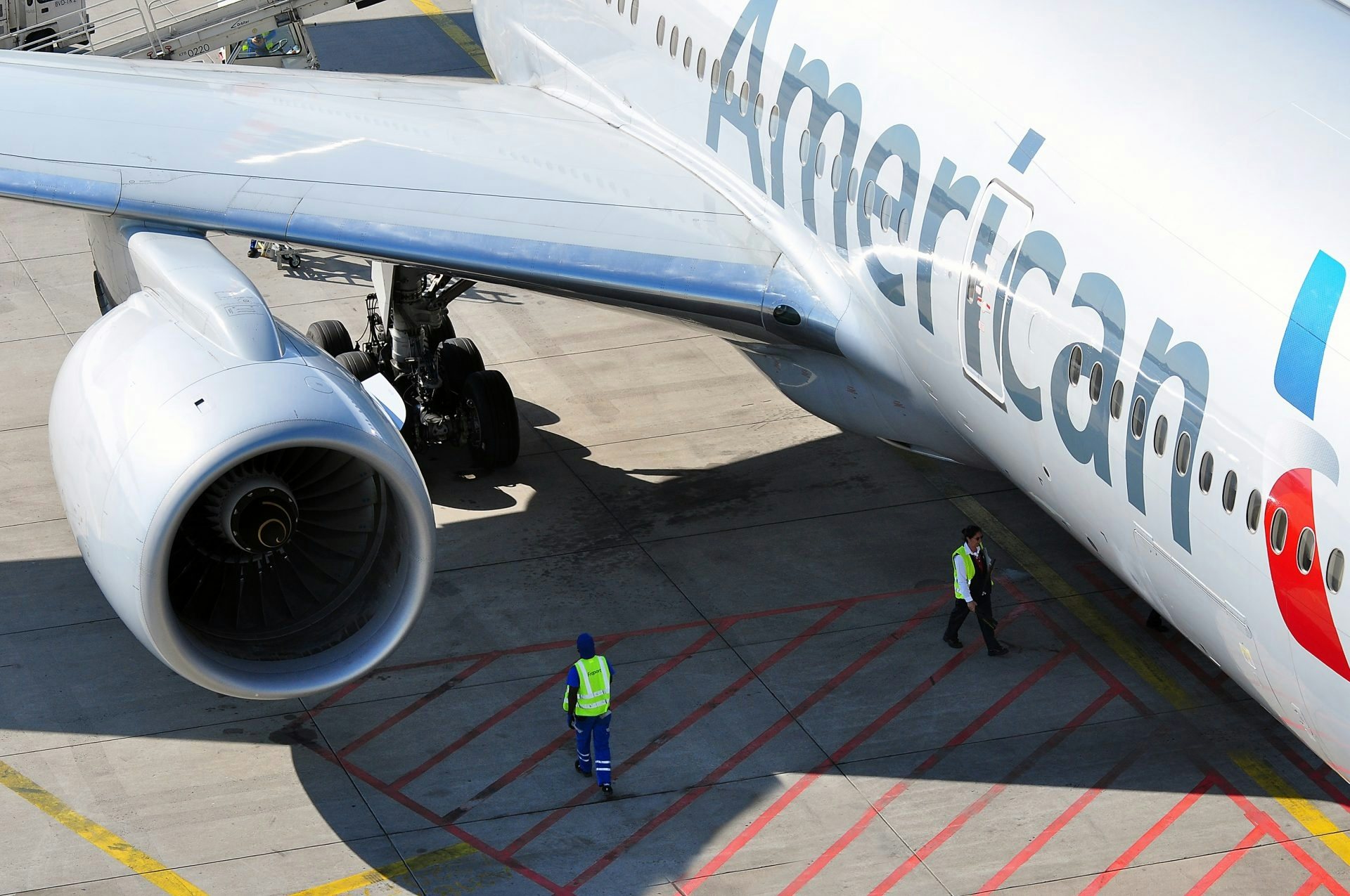American Airlines this week filed a formal objection with the U.S. Department of Transportation in an attempt to stop Air China from renewing its permit to fly between Beijing and Houston. The move is a retaliatory measure against what American Airlines argues is an attempt by Chinese authorities to grant Chinese carriers monopoly on routes between Beijing and Los Angeles.
Just a day before President Trump yet again called out China as a currency manipulator, American Airlines also sent a strong message to the Chinese government: it will object all Chinese airlines’ requests to serve U.S. routes until the Chinese government cedes with its measures to protect Chinese airlines.
The conflict stems from an incident in November last year when American Airlines won the bid for rights to operate daily flights between Beijing and Los Angeles. However, American’s new route has yet to see its inaugural flight as the Civil Aviation Administration of China has refused to grant American any landing and takeoff slots at Beijing International Airport. To date, Air China remains the only carrier which offers direct flights between Beijing and Los Angeles—a highly profitable route served by three flights per day. Air China’s Beijing-Los Angeles route makes up almost a third of all flights between China and Los Angeles and serves as a critical gateway for tourists between the two countries.
Last year alone, Los Angeles welcomed more than one million Chinese visitors, the first city in the United States to break the 1 million mark for Chinese tourists. The record-breaking year also marked the seventh consecutive year with Chinese tourist growth over 20 percent. According to the Los Angeles Tourism and Convention Board, Chinese tourists were responsible for US$1.3 billion in spending in the city in 2015, making an adequate number of flights between Los Angeles and China an important matter not only to American Airlines, but also to the local tourism industry.
In China, unofficially restricting attractive landing and takeoff slots to Chinese carriers is nothing new, but according to American Airlines, they have not even been offered slots between midnight and morning—commercially unfavorable slots usually offered to U.S. airlines. Slots during daytime hours are highly attractive as they make it easier for airlines to charge a premium for the convenience of well-timed departures and arrivals.
"By denying American the same opportunity to introduce Los Angeles-Beijing service in a timely manner, the [Civil Aviation Administration of China (CAAC)] has acted to preserve Air China’s non-stop monopoly on this route, to the detriment of the U.S. traveling public, U.S. carriers, and the U.S. Government," American Airlines argued in its filing with the Department of Transportation. "By impeding the development of new U.S.-China services by U.S. carriers, the CAAC’s actions reward Chinese carriers with a competitive advantage in U.S.-China service at the expense of the United States, which agreed to provide valuable bilateral benefits to Chinese carriers in return for these rights for U.S. carriers."Whether American Airlines’ objections against Chinese airlines’ applications for U.S.-China routes will help convince the CAAC to offer it more attractive takeoff and landing slots at Beijing International Airport remains to be seen. According to American, there have been other instances with U.S. airlines running into trouble with the CAAC, including a similar ongoing dispute at Shanghai’s Pudong International Airport between United Airlines and the CAAC.
The event also plays well into the hands of President Trump, who’s been painting China as a currency manipulator which treats American companies unfairly. Whether Chinese tourism to the United States will be at risk under the new administration remains a different question, but if American Airlines’ claims are accurate, it would appear as if the Chinese government has already been limiting the number of Chinese tourists—at least to Los Angeles—by blocking American’s new route.
